During 1965, up to 70% of USMC casualties were because of mines and traps.
The Viet Cong had found a way to test Americas resolve in a long war.
Vietnam has been called a war of booby traps.
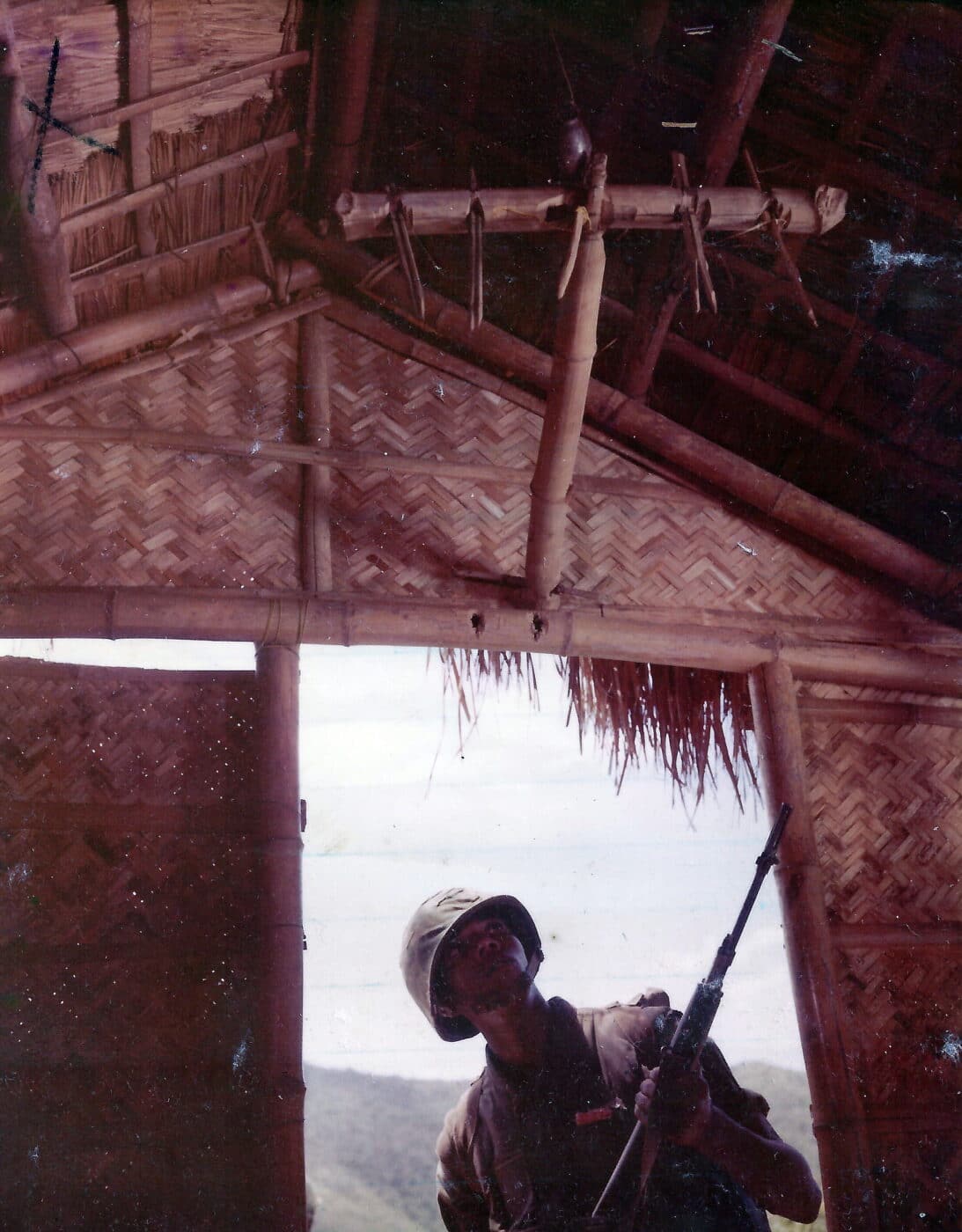
A swinging deadfall-style boobytrap was demonstrated for Marines during 1966 in this image. Image: NARA
During 1966 most American combat units created their own trap and mine warfare schools in-country.
Extreme caution should be exercised when moving near hedges and trees.
Booby traps are often placed up in trees with the ground area beneath also booby trapped.
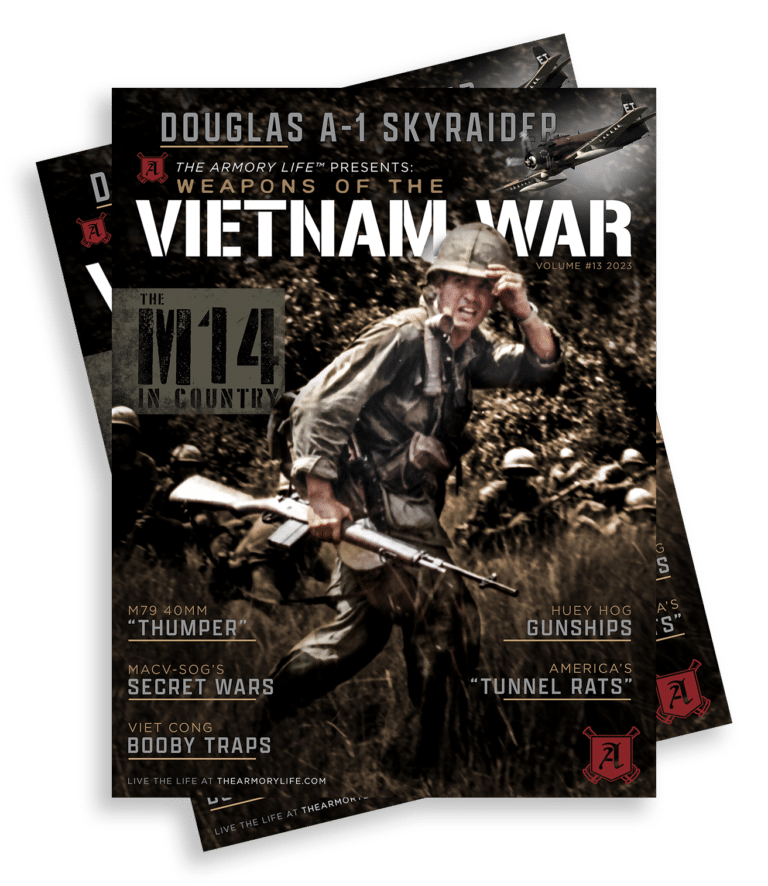
The 4th Infantry also created a Confidence Course for its new arrivals from the states.
Mine warfare became increasingly important.
Viet Cong units used mines from a wide range of sources.
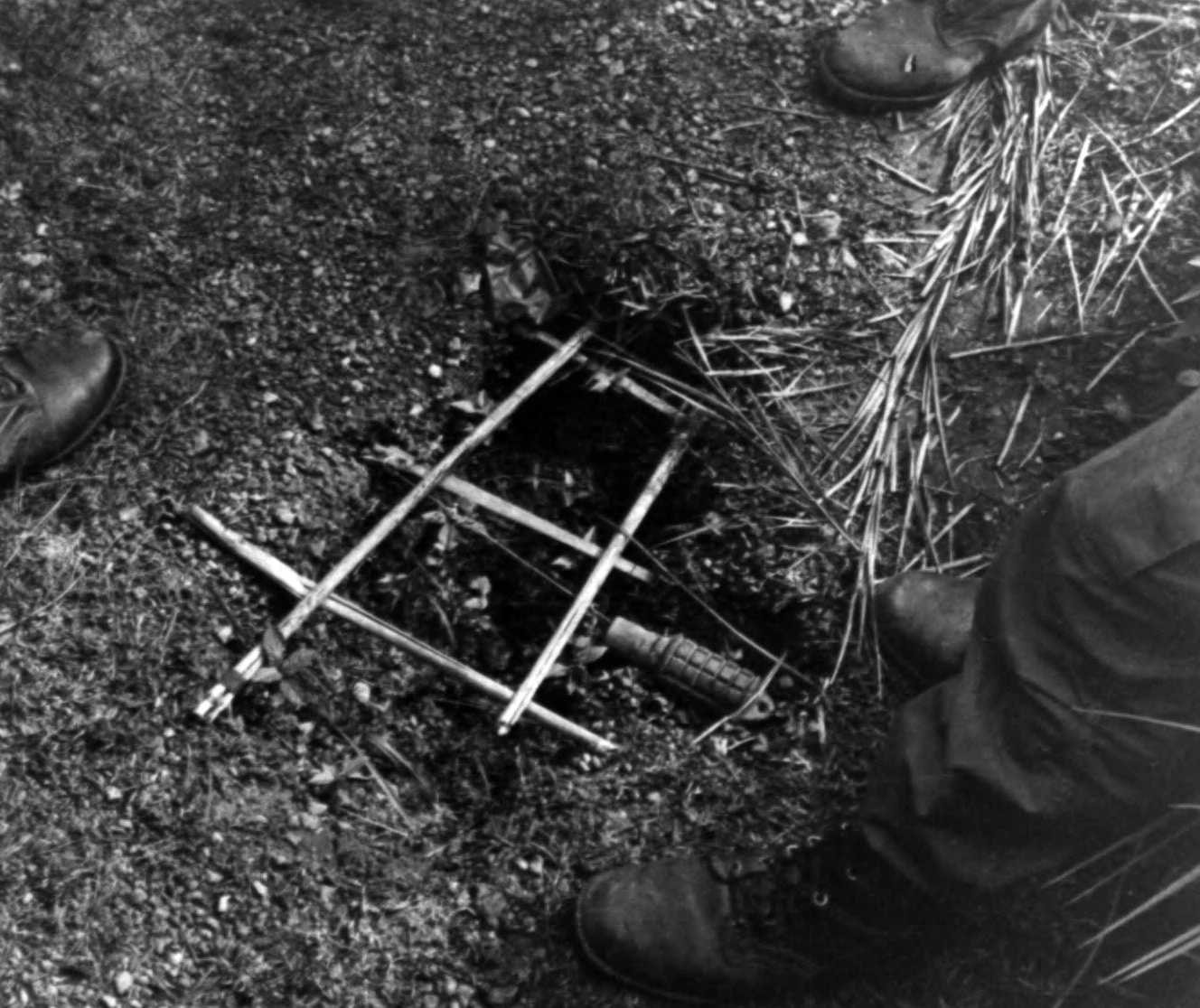
A VC foot trap coupled with a grenade displayed at the USMC 1st Engineering mine and booby trap warfare school during 1968. Image: NARA
A great number of VC mines were American-made explosives captured from South Vietnamese (ARVN) units.
Many others came from Soviet or Chinese stocks.
Even a burned-out radio battery still has enough juice to detonate an explosive charge if properly set in series.
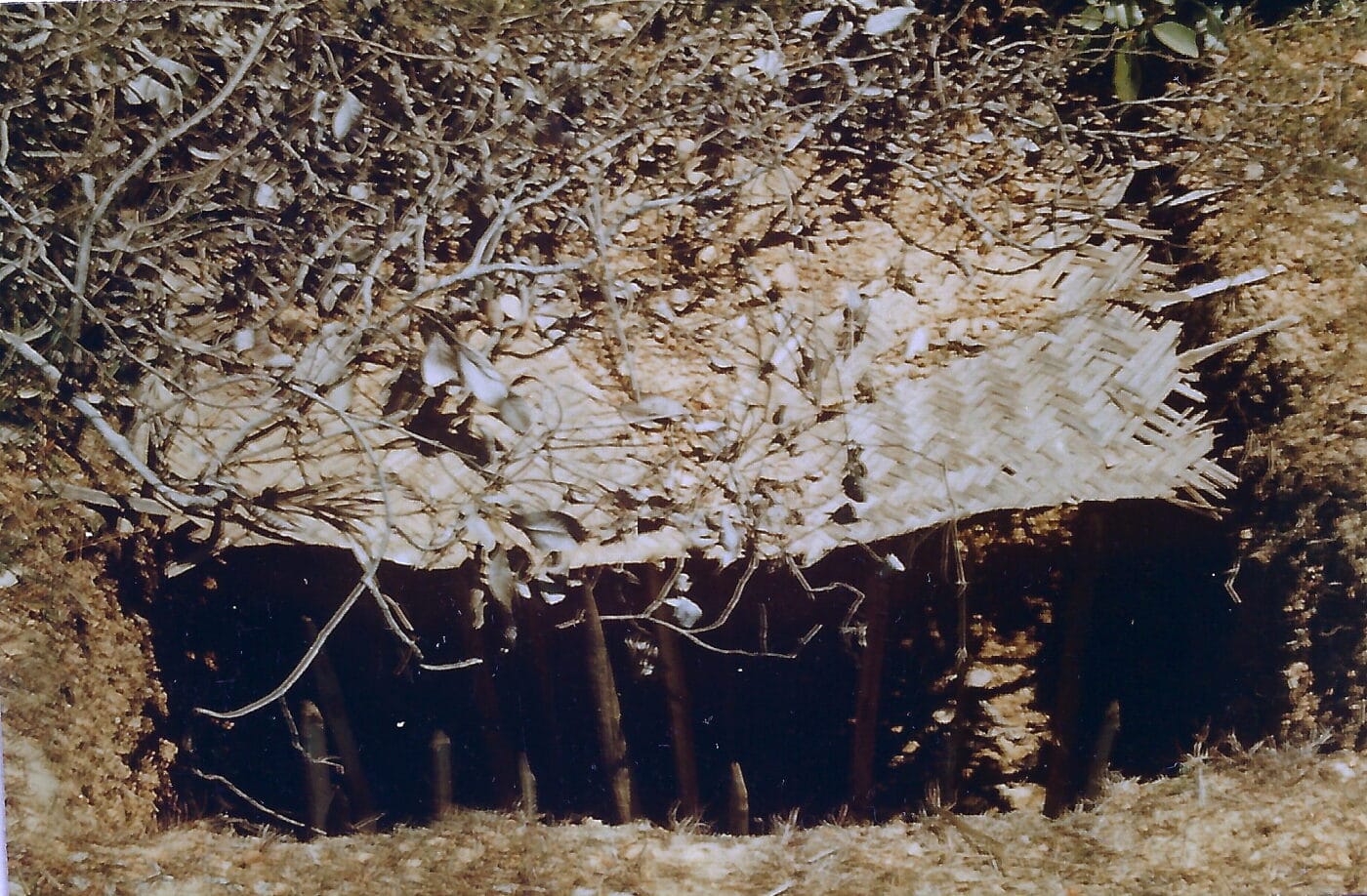
A Viet Cong punji pit with its thin mat cover. These traps eroded the morale and effectiveness of all troops, not just those injured. Image: NARA
The Viet Cong will police up everything, including spent casings to use against us.
Punji stakes: made from sharpened wood or bamboo, these stakes became the staple of many VC traps.
Foot and larger man-sized traps were commonly placed along trails and suspected approach routes.
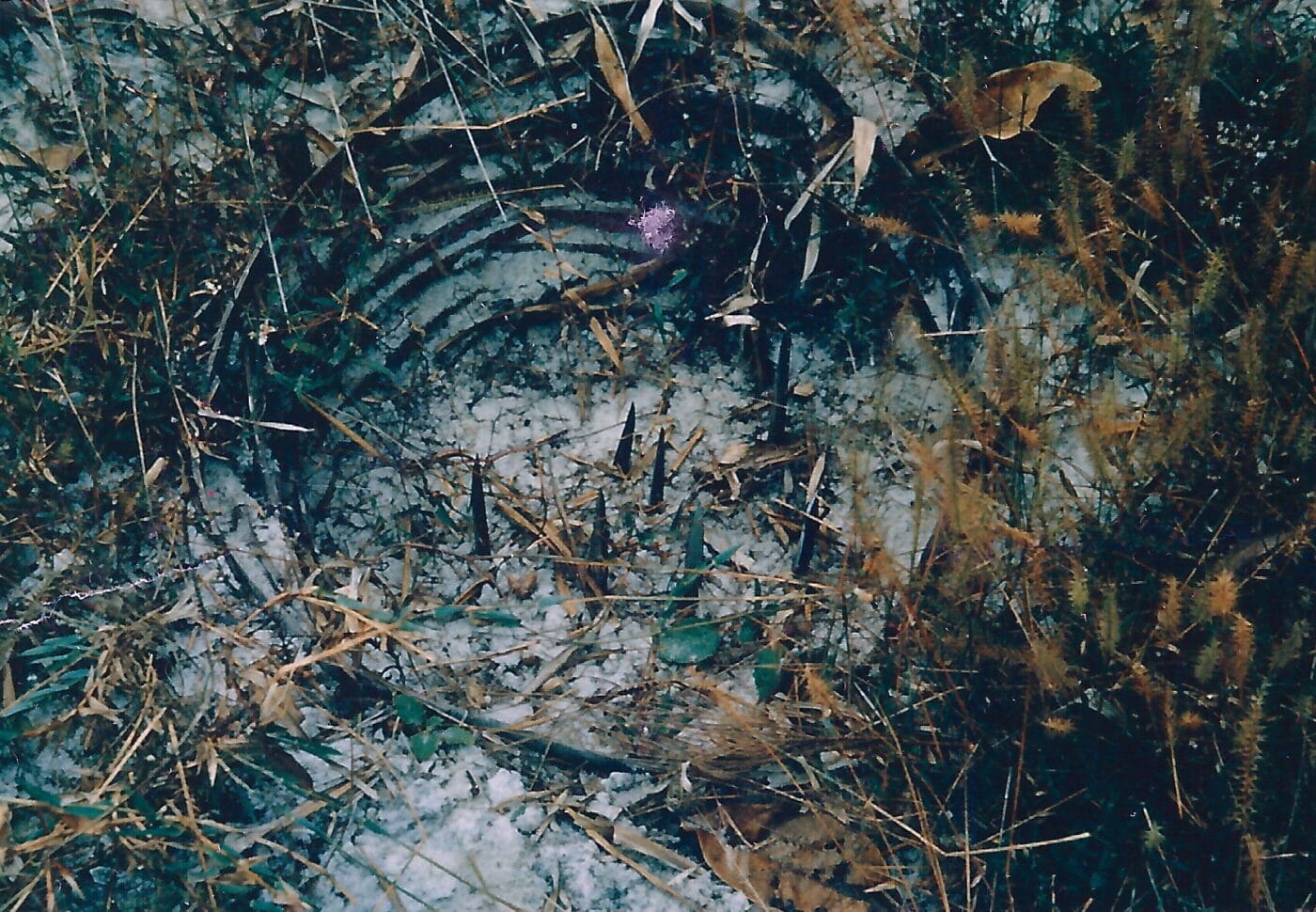
A punji pit shown at a U.S. Marine Corps mine and booby trap training center, South Vietnam 1966. Image: NARA
The trap was triggered by a tripwire and set to whip across narrow trails at chest height.
The wounds inflicted were messy, and sometimes fatal.
The Viet Cong also developed a form of modern caltrop, something that many American troops called Toe-Poppers.
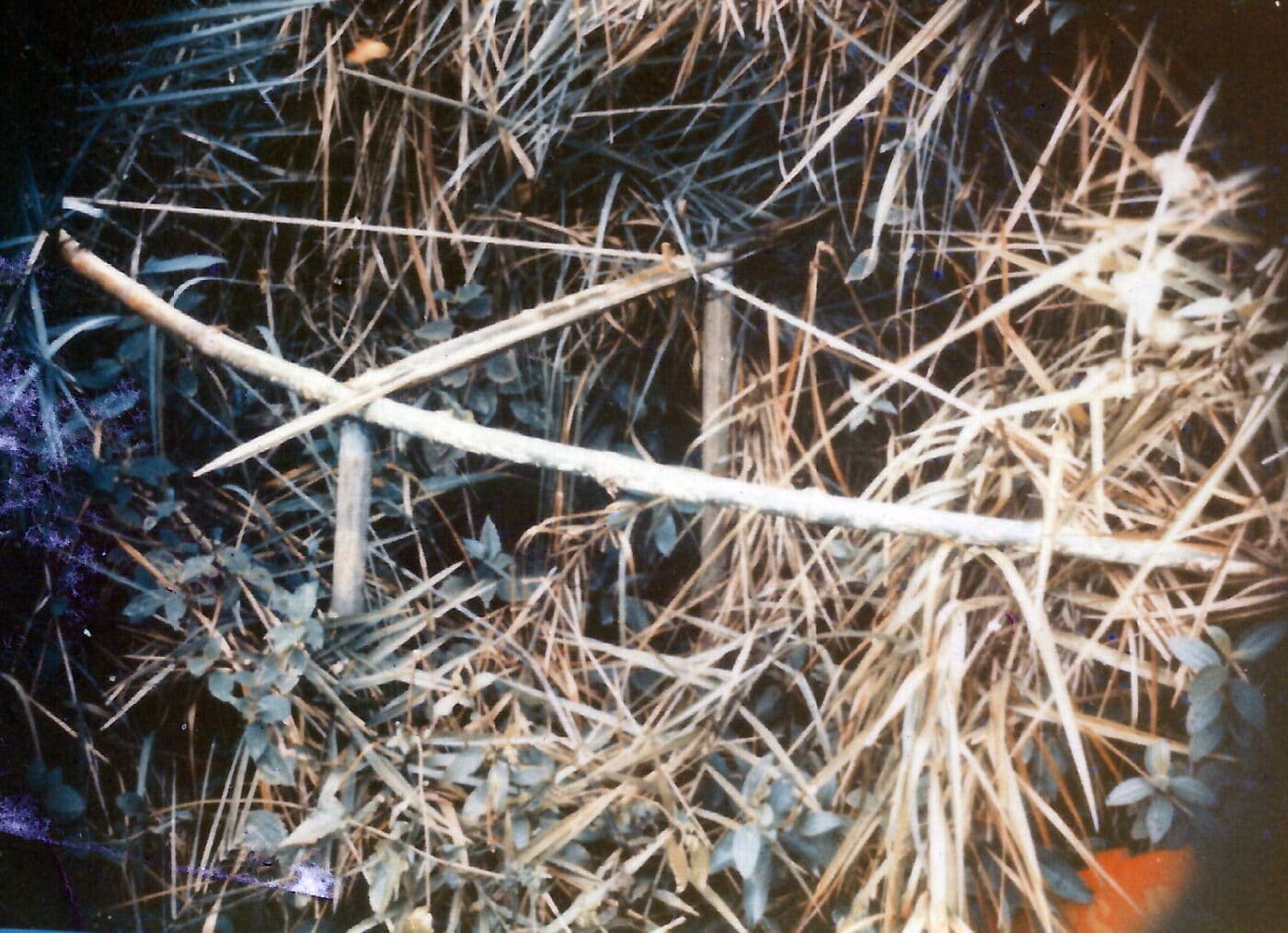
Crude but potentially effective: A crossbow trap demonstrates the ingenuity of the Viet Cong. Image: NARA
These were normally placed in tall grass with only the wax top above ground.
Minimizing casualties from NVA/VC boobytraps is a matter of great concern for all of us.
The war against communist mines and traps was one of the most significant aspects of the Vietnam War.
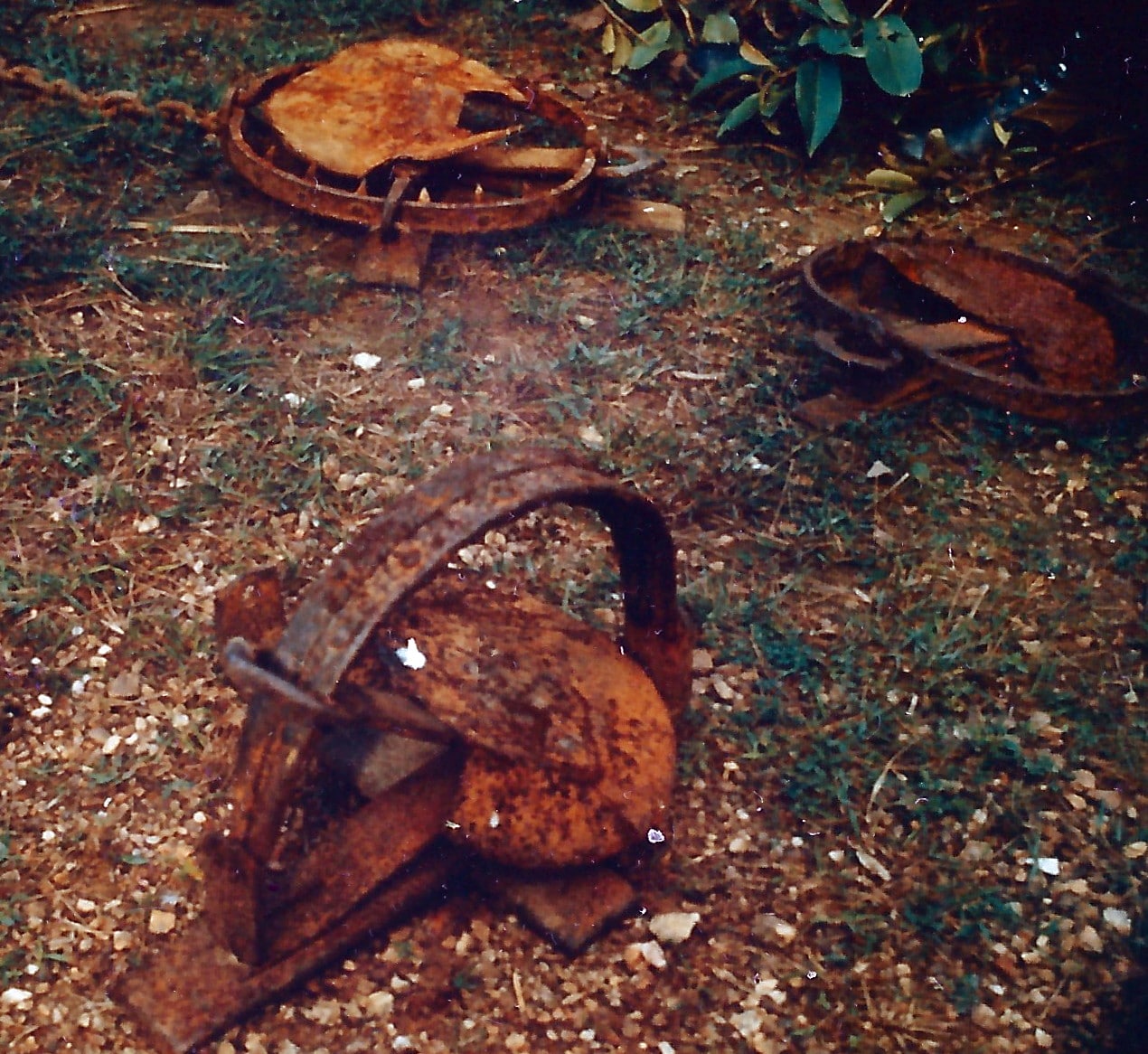
These Viet Cong bear traps were found by Marines in Vietnam during 1966. Image: NARA
Even so, it is rarely discussed.
The VC were Third World warriors, deeply connected to their natural environment.
In contrast, American troops were from the wealthiest, freest country on the planet.
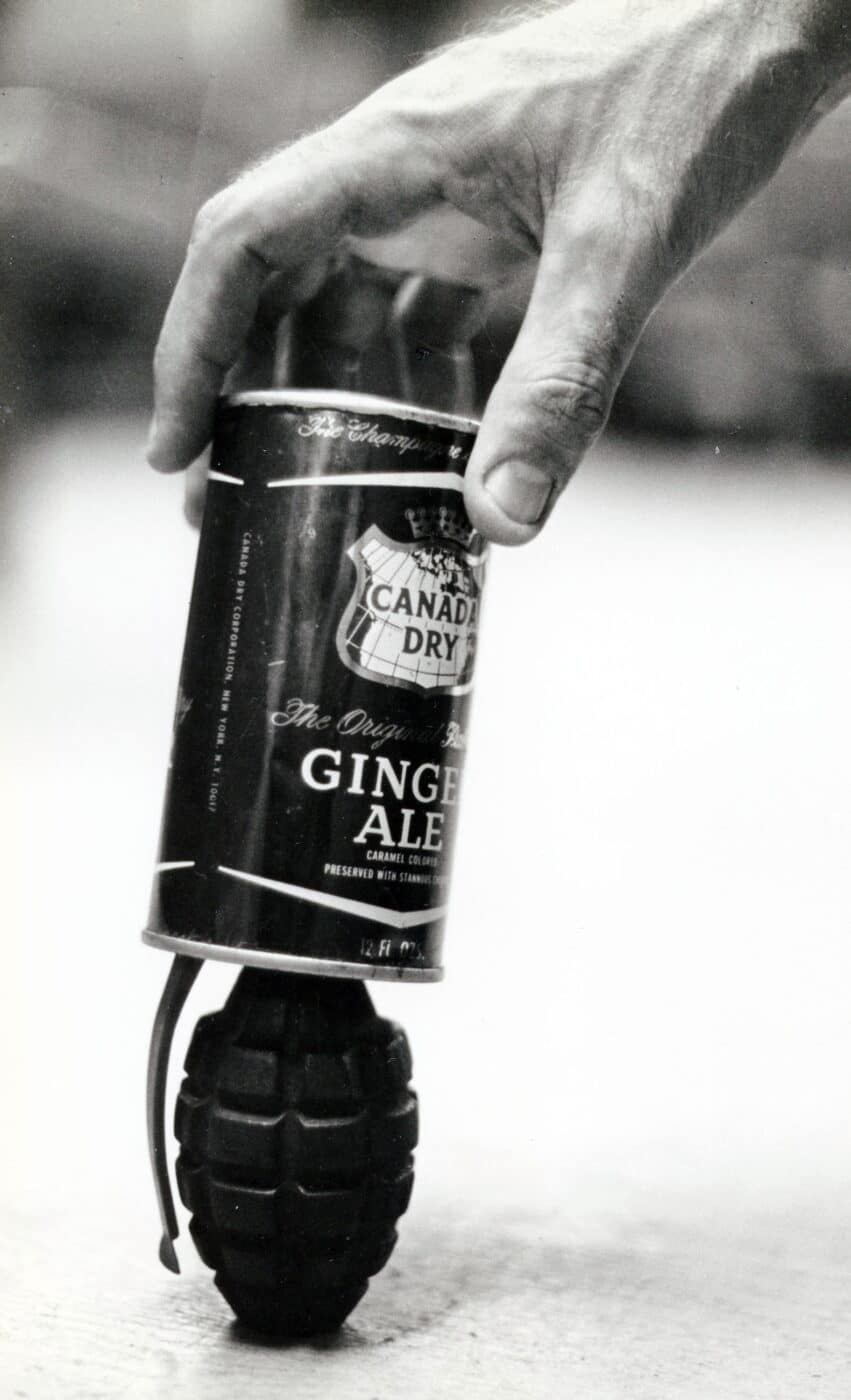
Soda cans provided valuable booby trap parts for the VC and as effective concealment for smuggling items into populated areas. Image: NARA
At home in America, they enjoyed luxuries that most Vietnamese couldnt even dream of.
When I mentioned my fear of snakes, he laughed and said: You and almost every other draftee.
The term appeared so regularly that it begged investigation.
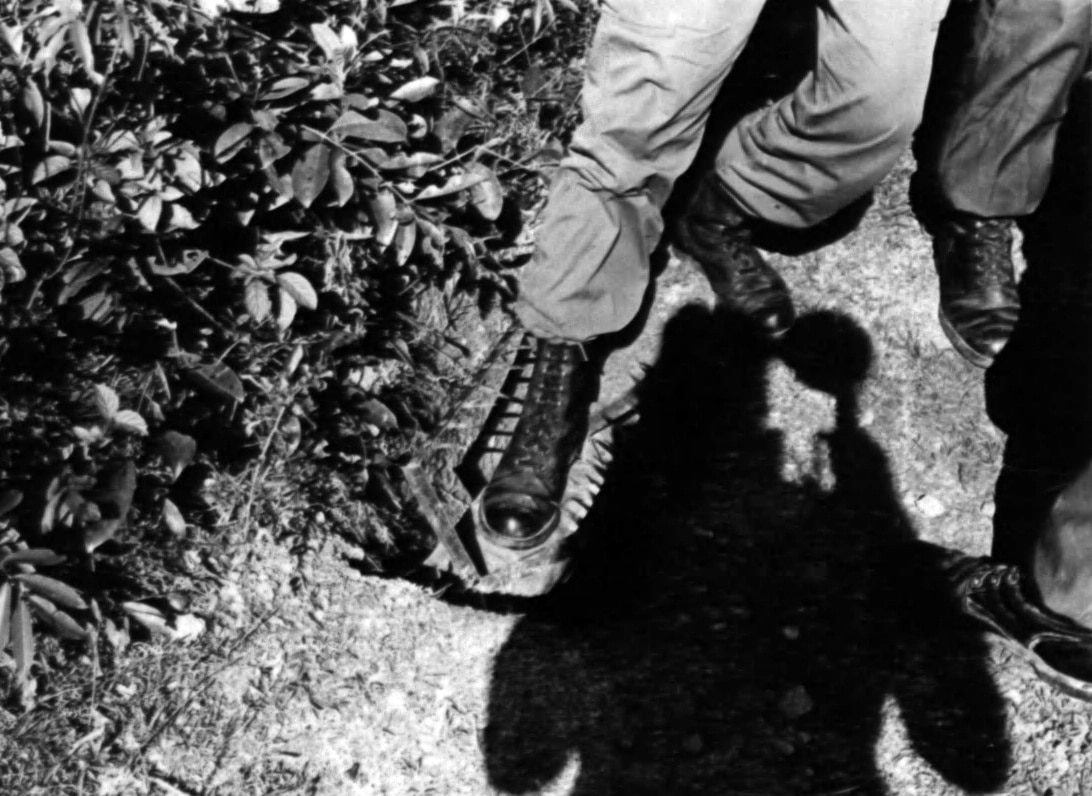
U.S. Marines demonstrate how a steel foot trap works at the 3rd Marine Division mine warfare school in 1966. Image: NARA
The answer reinforced the fact that the VC came to know our troops as well as they knew themselves.
I looked through a handful of U.S.
Engineer reports and quickly discovered that American units in Vietnam were highly focused on water quality and sewage treatment.
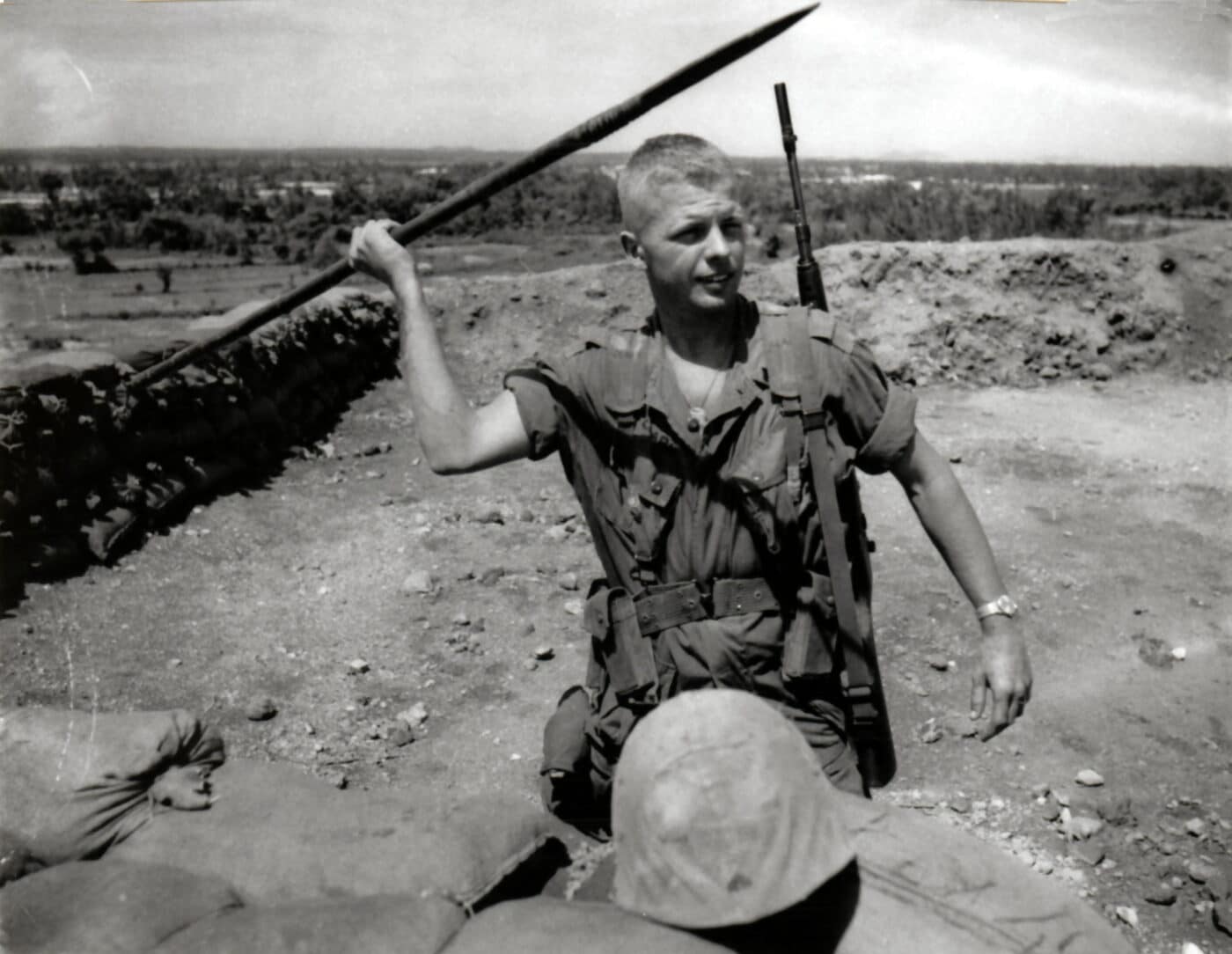
A leatherneck of the 1st Marine Division shows off a captured VC spear. These were often used in various boobytraps. Image: NARA
Heres a quote from U.S. Americans were zealous in removing animal waste to help create more sanitary conditions near their encampments or facilities.
Truth is stranger than fiction, and in this case, curiously effective and diabolically ingenious.
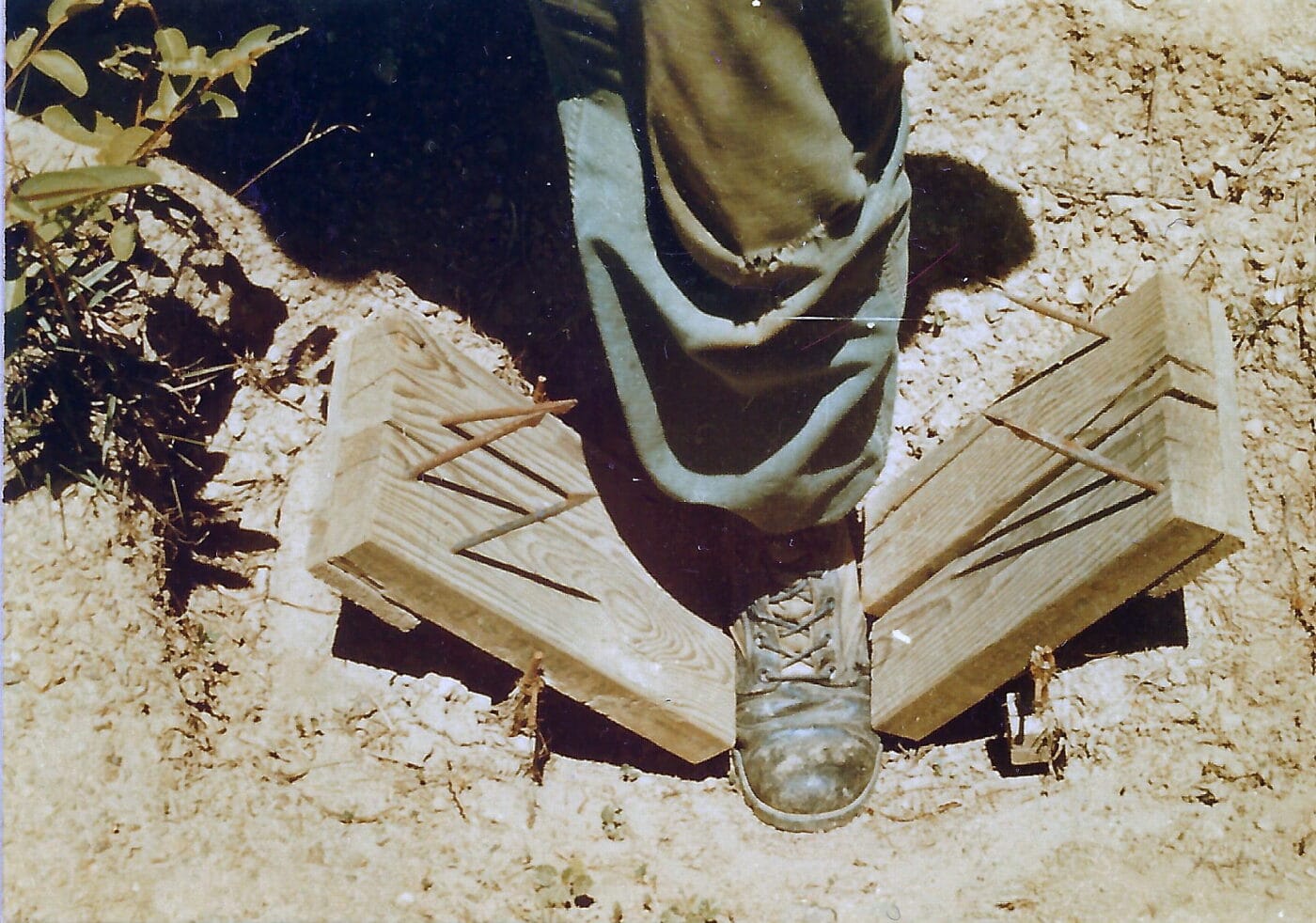
A VC foot trap was demonstrated at a USMC mine and booby trap school during 1966. Image: NARA
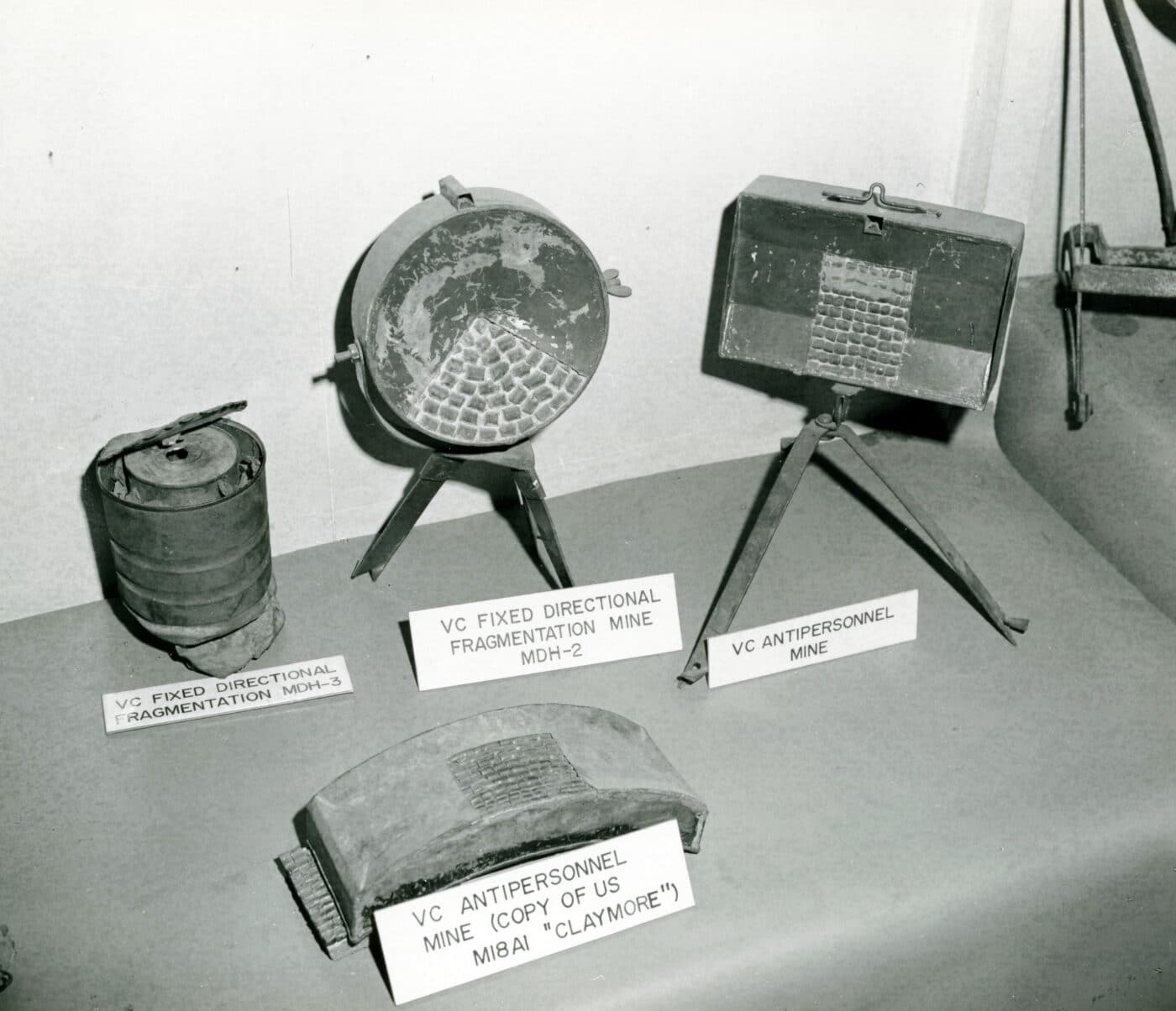
The Viet Cong made effective use of their own command-detonated mines which were often crude copies of similar U.S. weapons. Image: NARA
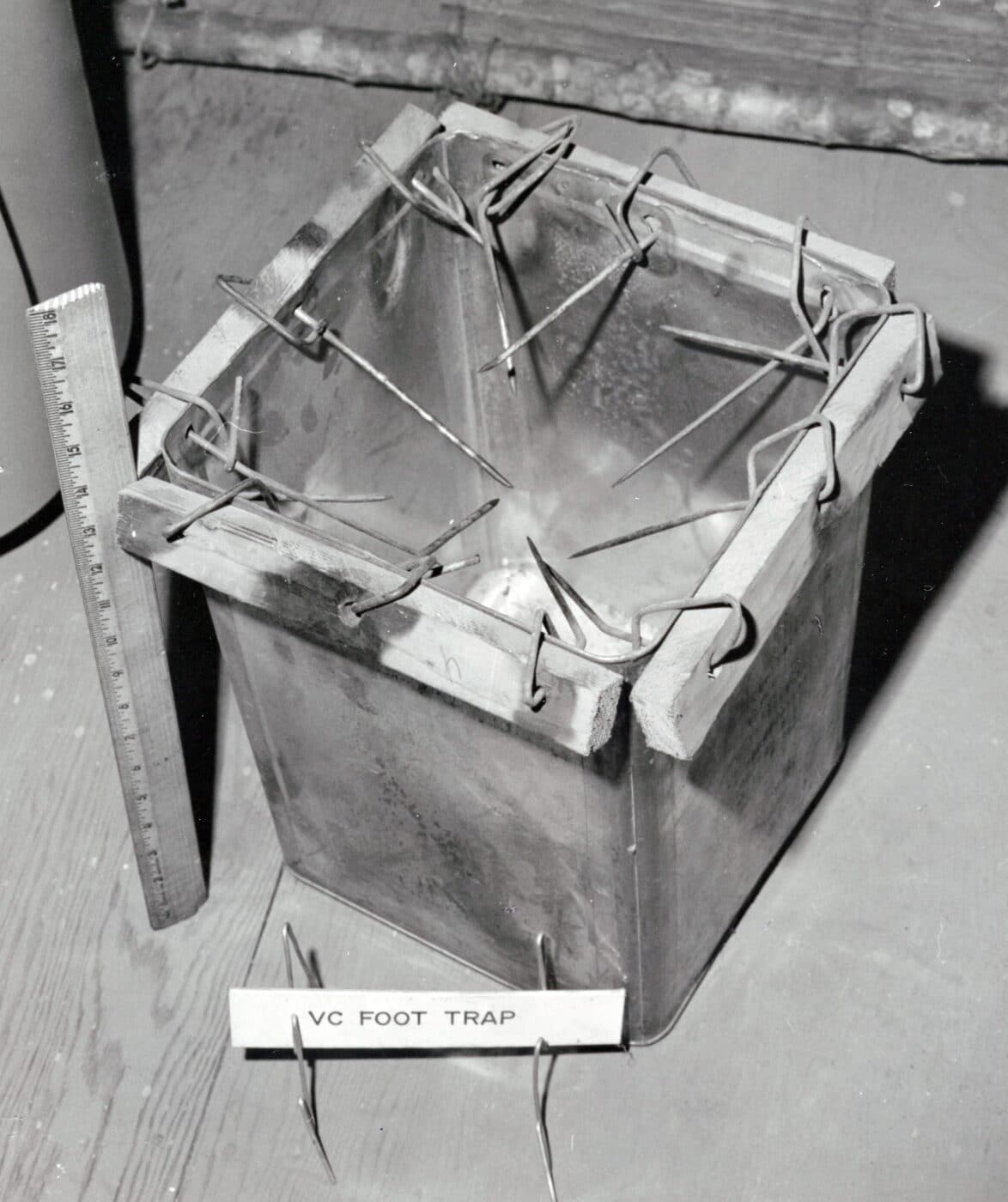
Shown above is a prefabricated VC foot trap. This now was demonstrated to U.S. troops during 1967. Image: NARA




